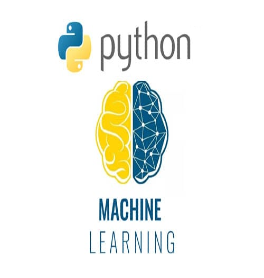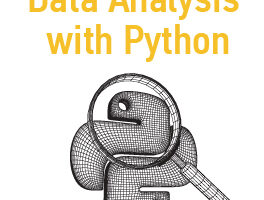Collaborative Coding: Python’s Vital Role in Team Projects

In the dynamic landscape of software development, teamwork is often the cornerstone of successful project outcomes. The ability to collaborate effectively and efficiently can make or break a project. Python, with its unique set of features and qualities, has emerged as an ideal language for fostering collaborative coding in team projects. In this blog post, we’ll explore how Python training Cyprus facilitates collaboration, eases communication, and contributes to the overall success of team-based software development efforts.
Python’s Readability: The Universal Language
Python’s clean and expressive syntax acts as a common language among team members, making code more readable and understandable. This readability minimizes the chances of misinterpretation, reduces the learning curve for new members, and enhances the fluidity of collaboration. The use of whitespace for code structure encourages consistent formatting practices, leading to a cohesive and harmonious codebase.

Extensive Standard Libraries: Building on a Solid Foundation
The extensive standard library of Python offers a diverse range of pre-existing modules and tools. Team members can make use of these resources to tackle common hurdles without needing to create everything from scratch. This shared foundation accelerates development, reduces duplication of efforts, and ensures that team members are on the same page when using established tools and libraries.
Version Control Made Easy: Git and Python
Python integrates seamlessly with popular version control systems like Git. This integration streamlines the process of tracking code changes, resolving conflicts, and collaborating on branches. Using Git alongside Python empowers teams to work concurrently on different features, merge code with confidence, and maintain a reliable history of code evolution.
Collaborative Frameworks: Django and Flask
Python boasts robust web frameworks like Django and Flask that facilitate collaborative web development. These frameworks offer clear project structures, well-defined roles, and standardized practices. This uniformity enables team members to easily understand each other’s contributions, fostering a cohesive development process.
Virtual Environments: Isolation and Collaboration
Python’s virtual environments enable teams to work in isolated development environments. This isolation prevents conflicts between project dependencies and ensures that code developed by team members doesn’t interfere with one another. Each developer can have their own virtual environment, contributing to a seamless and conflict-free collaboration.
Conclusion:
In the realm of modern software development, collaboration is essential for building robust, scalable, and innovative solutions. Python’s team-friendly features, combined with collaboration tools and best practices, make it a top choice for team projects across various domains. As you embark on your own collaborative coding journey, harness the power of Python to unlock the full potential of your team and create remarkable software that stands the test of time.


